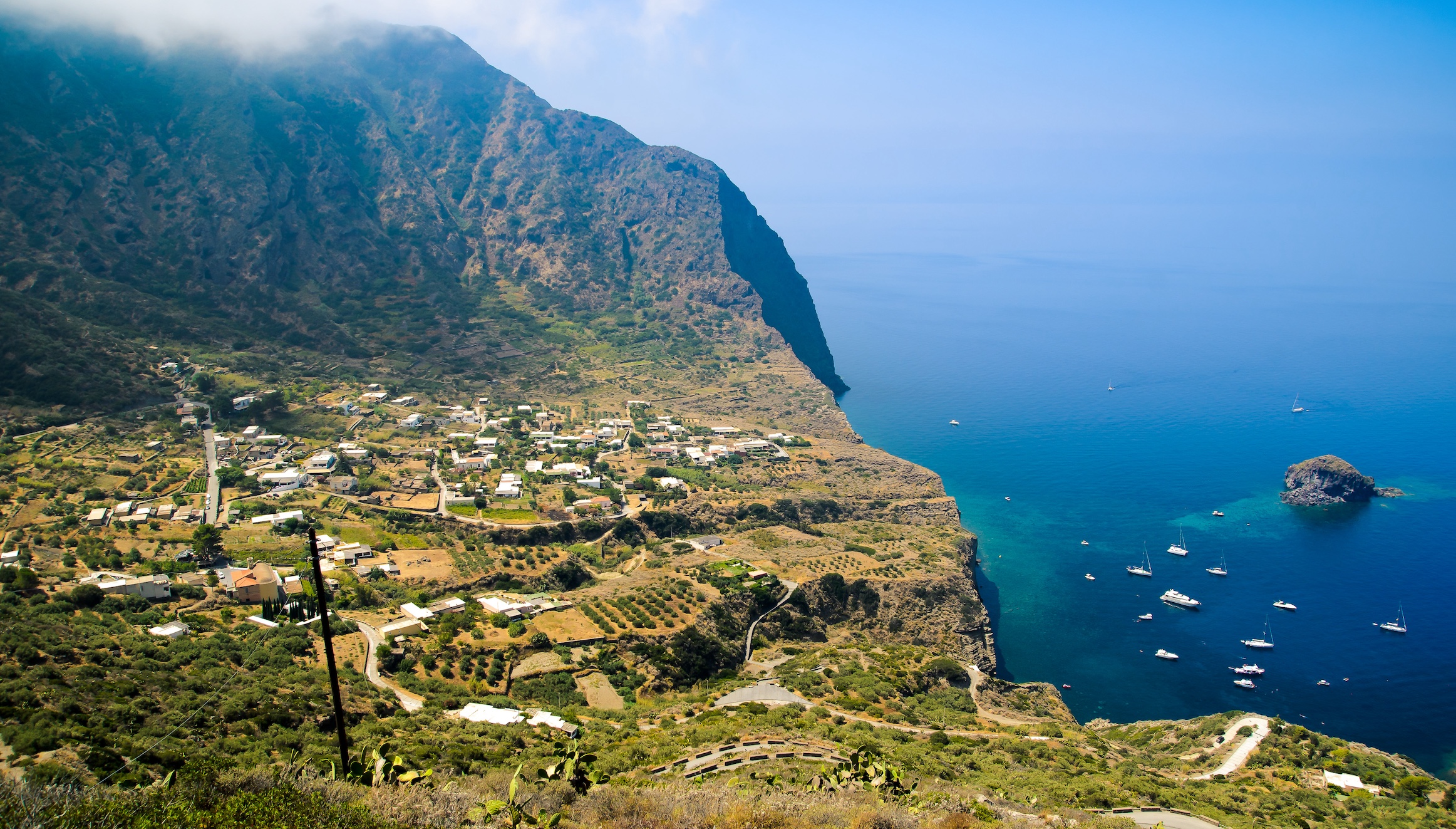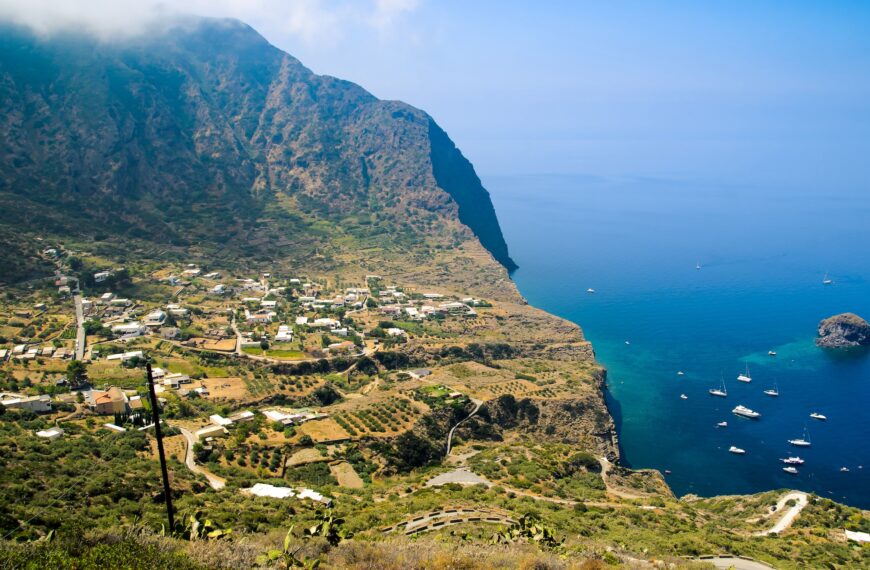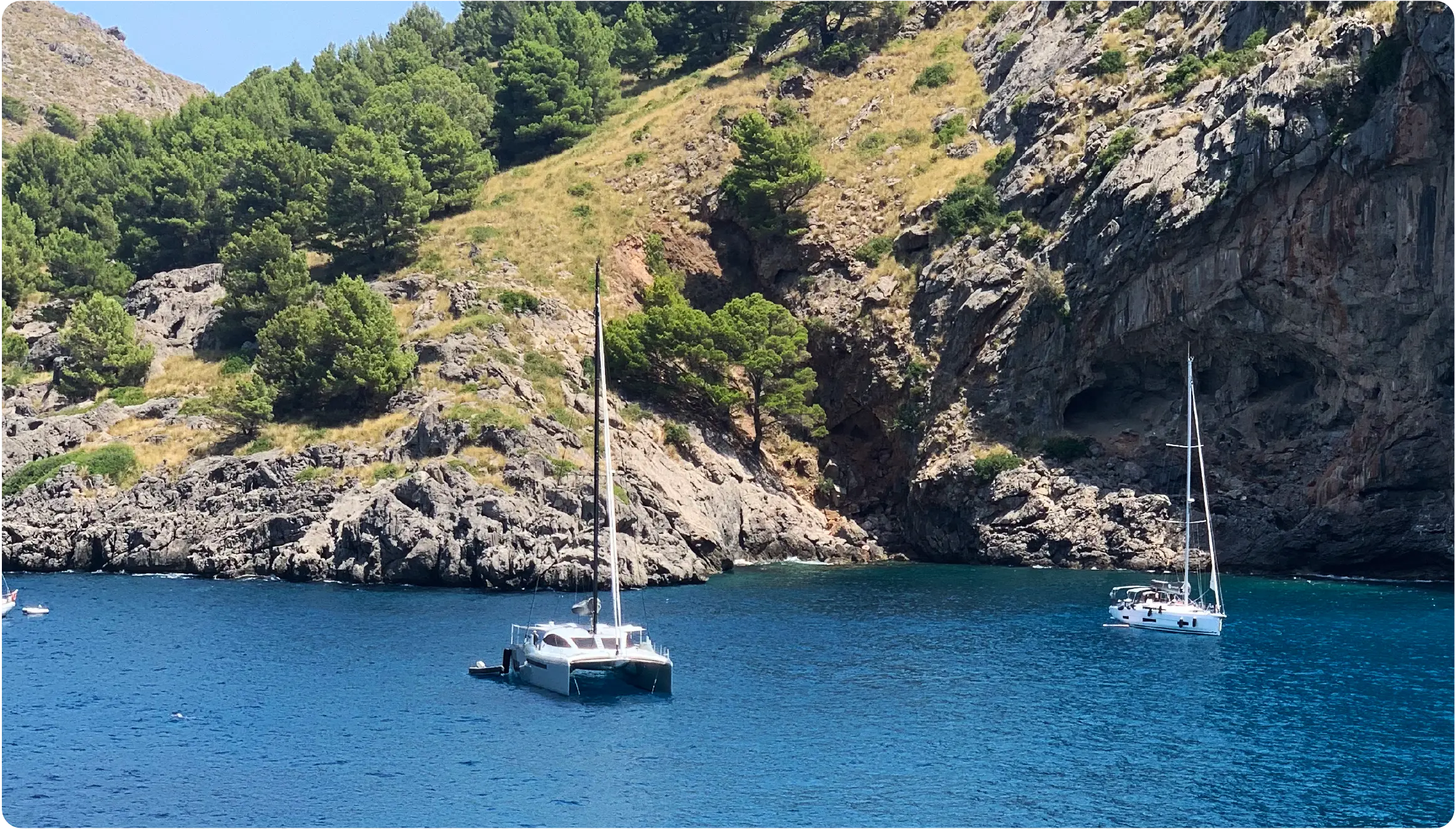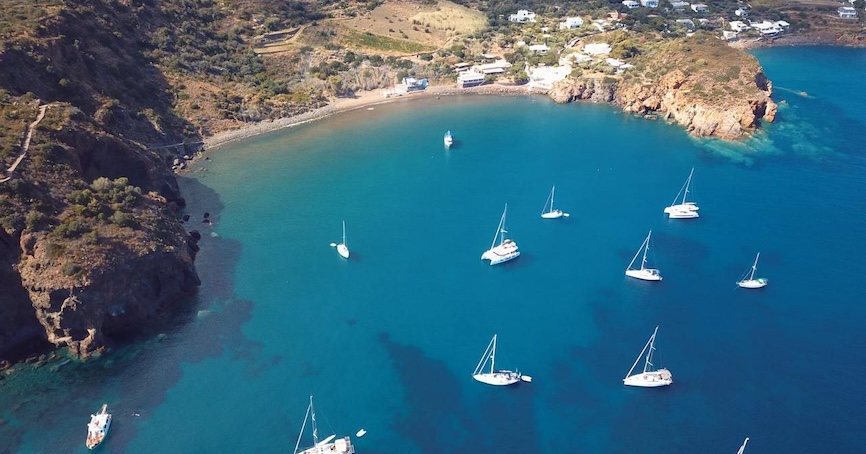Discovering an island that enchants as much for its natural wonders as for its delightful towns
It’s easy to talk about an island holiday, but when it comes to choosing one, things are not so simple. Those who set sail towards the Aeolian archipelago know they can count on places of undeniable charm, but with distinctive features that make one love one island more than another. Those who choose to spend time in Salina are likely looking for a less wild experience compared to that offered by smaller and less inhabited islands.
Among the Mountains of the Green Island
Second only to Lipari in terms of population as well as size, with its approximately 2,300 inhabitants, Salina represents a good compromise between nature and culture, wild territory and human environment. Also known as the green island due to its rich vegetation, blessed with a freshwater spring linked to the volcanic soil, this island offers lovers of woods and hiking the extra mile of an interesting network of trails, including some that lead to considerable heights. This is the case with the path that leads to the summit of Mount Fossa delle Felci, which at nearly a thousand meters is the highest in the entire archipelago. It is one of the six extinct volcanoes of the island and together with Mount dei Porri makes up the twin mountains referred to by the ancient Greek name of Salina, Didyme. Today, it is from the valley that separates these two mountains, an ancient Roman settlement site, that one sets off to tackle one of the trails leading to the highest peak. Starting the journey from the hamlet of Valdichiesa, near the Sanctuary of Madonna, in just over two hours you will reach the top and from there you can enjoy the priceless view of the sea and the nearby islands of Lipari and Vulcano. Another option for lovers of a more relaxed trek is to start from Lingua and from there take the Brigantino trail, following the mule track through olive trees, caper plants, and aromatic herbs leading effortlessly to the same summit and the same magnificent landscape. From wherever you wish to start, it will be pleasing to know that it is possible to arrive there in complete relaxation, relying on the public transport service that connects the island’s places of interest.
Towns and Villages to Explore
Speaking of other places to visit, having mentioned the green, it is right to consider also the white, the blue, and the various other colors that characterize the houses of the island, giving shape and character to the different inhabited centers. Here they take the form of small towns as in the case of its main locations, Santa Marina, Malfa, and Leni, or picturesque villages like Lingua or Rinella. Main port and center of the island, Santa Marina is usually the first place one explores upon landing in Salina. A splendid introduction to the entire territory, the town confirms the imagery of island tourism with its houses perched on the slopes of the ancient volcano overlooking the turquoise waters and embraced by Mediterranean vegetation. Moored at the well-equipped tourist port, the Porto delle Eolie, or anchored further out, one can then set off to explore the village streets which feature painted houses and ancient shops, churches – foremost among them the one dedicated to Santa Marina – and small stores. Those who cannot resist a dip or a sunbath can stop at one of its beautiful beaches, while those more interested in local culture can make a trip to the Wine Museum, where one of the island’s main productions, the Malvasia wine, whose vines cover much of the cultivated territory here, is celebrated.
The Ancient Salt Pans of Lingua
There is no port, but it is still possible to anchor off the small fishing village of Lingua, a district of Santa Marina. At the southern tip of the island, just a couple of kilometers from the main center, this small fishing village is particularly loved for its pebble beach lapped by the ever-clear sea. Among its distinctive features are the lighthouse and the saltwater pond separated from the sea by a thin strip of land. It is here that the salt pans that gave the island its name were once found, and here that one can still see some pools dating back to the 3rd century B.C. Today, no salt is extracted in Lingua, but it remains a place to stroll along the waterfront or through the village houses, to do bird watching in the nature reserve, to eat local delicacies seated at a trattoria or to drink a glass at sunset.
From the Beach of Rinella to the Hills of Leni
The island’s second port is located in Rinella and allows one to immediately immerse oneself in the fascinating human and natural landscape of Salina. To land here, one can moor at the buoy field while for a short stop it is possible to anchor further out. In any case, it would be a shame not to also visit the small fishing village, just as missing the stop at the beach at its feet, the only sandy one on the entire island and characterized by a surprising dark coloration, topped by caves carved into the rock that served as shelters for boats. From Rinella, it is possible to delve into the island to discover another gem of Salina: the town of Leni. Close to both Malfa and Santa Marina, its municipality occupies about a third of the entire surface of the island and faces the sea only with the district of Rinella, while the center is located on a hilly area. Its name would derive from the Greek lenós (press) and would be linked to the production of wine and olives, activities always practiced in the area. Its other district, also hilly, is Valdichiesa, already encountered on the ascent to Mount Fossa delle Felci.
The Houses and the Harbor of Malfa
The last two stops on an ideal tour of the green island take us to Malfa and its district of Pollara. To visit them, we must move to the northern coast of Salina, between Monte Rive and Monte Porri. Here we will find the enchanting village of Malfa, with its white houses dotting the slope descending towards the sea. Named probably after the Maritime Republic of Amalfi, it seems to have been inhabited anciently by a group of Amalfitans who emigrated there in the 12th century. Descending to the sea, we will find the small port of Scario Galera and a small pebble and lava rock beach, while remaining in the village we will have the opportunity to visit the 18th-century Church of Sant’Anna, on the main town square, surrounded by small bars and shops and keeper of interesting sculptural and pictorial works from the 18th to the 20th century.
In the Natural Amphitheater of Pollara
Part of the municipality of Malfa, but with a notoriety that makes it a destination in itself, is Pollara. What makes this district a few kilometers west of the main center special are both its scenic beauties and its film history. Indeed, it was among the natural wonders of this location that in 1994 Massimo Troisi filmed most of the scenes of his last film, Il Postino, with Philippe Noiret in the role of Pablo Neruda. The reasons we have for choosing its location are many, starting with the beach, among the most famous of the Aeolian archipelago. At the foot of a natural amphitheater formed by the ruins of an ancient and large crater, it develops like a narrow strip of sand nestled between the sea and a vertiginous rocky cliff. Next to the beach, accessible like this only by boat or descending a steep stone staircase, we will see the Balate, ancient shelters for fishermen’s boats entirely carved into the rock of the cliff. To close the bay, we will find to the north the promontory of Perciato, while just beyond there is finally the Filo di Branda, the highest and most imposing cliff of the island.





